building out the world we want to live in

A lot of deep dives in this issue, but first a deep dive into what is rapidly becoming a shallower dive: Lake Powell. This piece looks at the fact that Lake Powell is rapidly losing water, but an unexpected benefit is that canyons that were flooded when the lake was created are becoming visible again—and what canyons they are! Edward Abbey referred to the flooding of Glen Canyon and what is called the "Cathedral of the Desert" as: “imagine the Taj Mahal or Chartres Cathedral buried in mud until only the spires remain visible," and he certainly had a flair for the dramatic but they are truly beautiful.

This goes hand in hand with the receding of the Dead Sea, which is causing sinkholes to erupt all around it. This is great piece with video and drone flights, and it's eerie how parts of it (below) look like world building from a Fallout game. And both pieces look deep into the causes of the water receding (climate change being the primary one, unsurprisingly) as well as what the future looks like—or could look like.
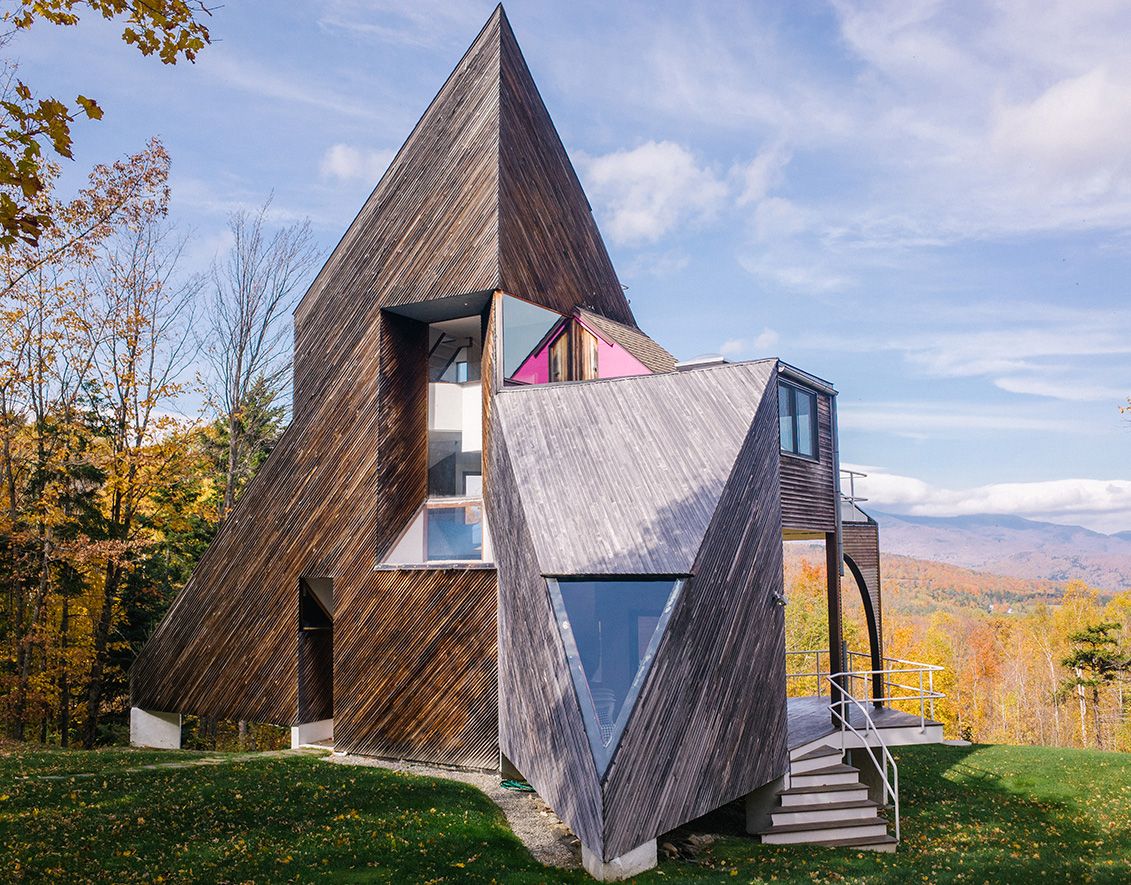
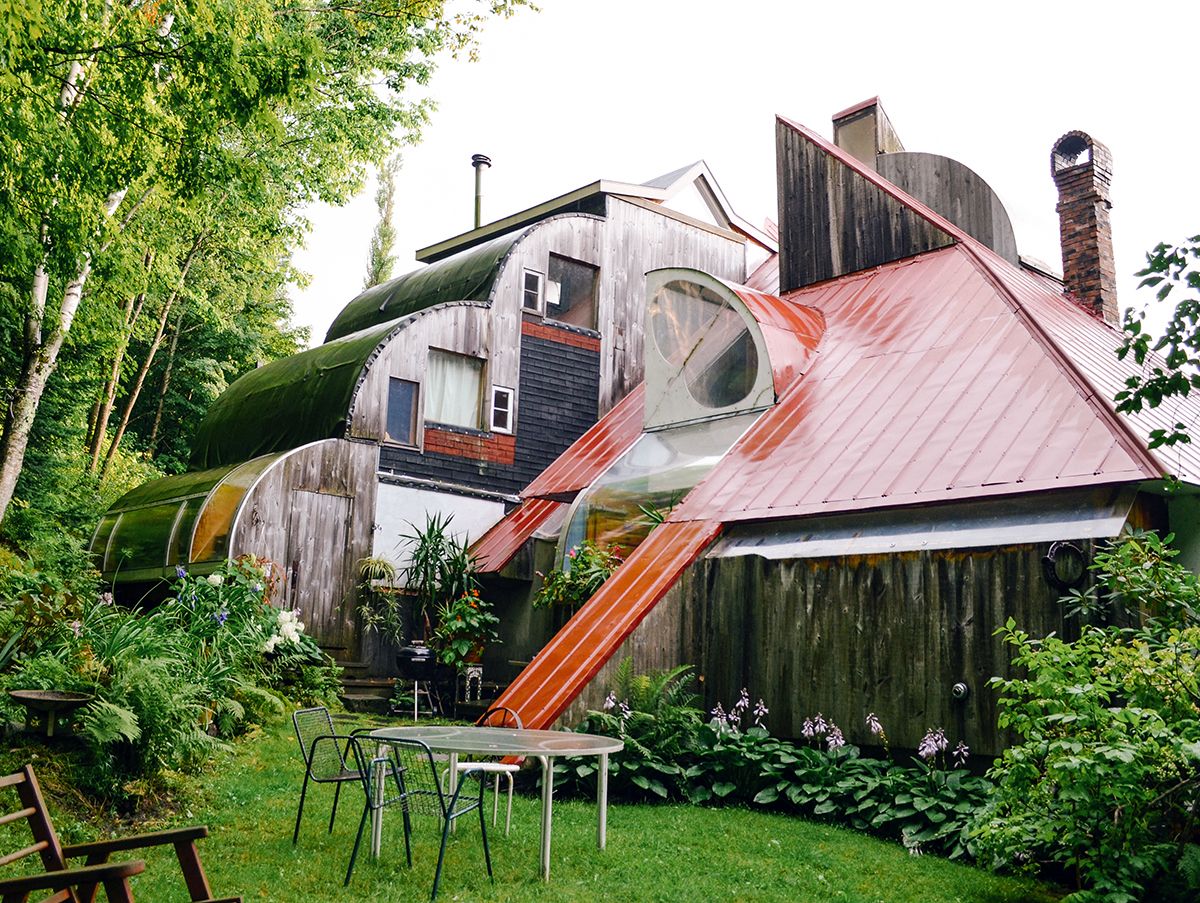
I went down a rabbit hole upon learning of the existence of Prickly Mountain, a community in Vermont founded by graduates of the Yale architecture school who wanted to break free from what they'd been taught in school. No blueprints. No drawings! (Terrifying, to me, but also, the room in the Tack House that has a window curving over the bed looks amazing, so). The result, as Curbed put it, once they had begun to invite fellow architects to join them with cheap parcels of land:
The houses, built mostly from plywood, evolved from their setting, with windows and walkways designed to make the most of the mountain views. The architects pushed each other to try out new ideas, guided by only the most rudimentary sketches, and designed as they went along. They left edges raw and pipes exposed. The houses were fun to explore, full of surprises (and occasional hazards), and all designed with abundant windows and balconies to make the most of the mountain scenery.
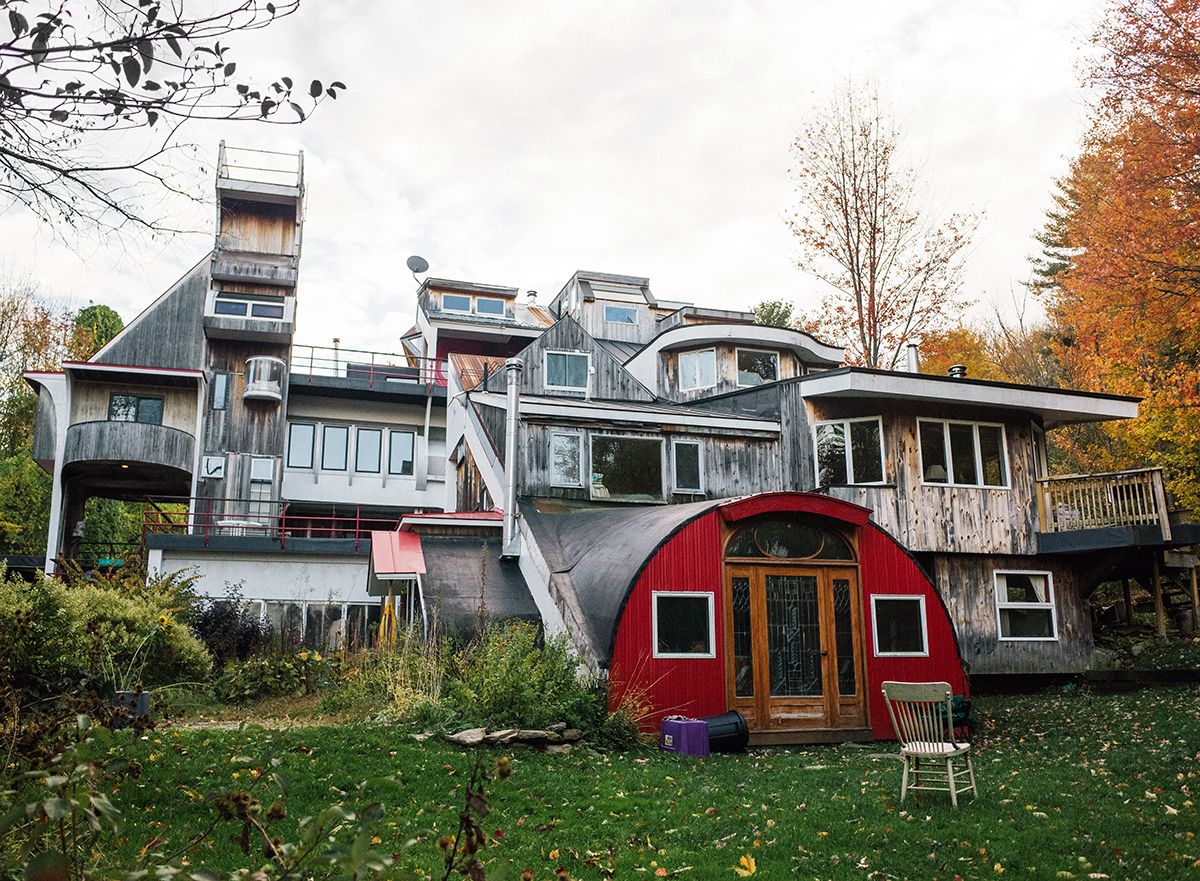
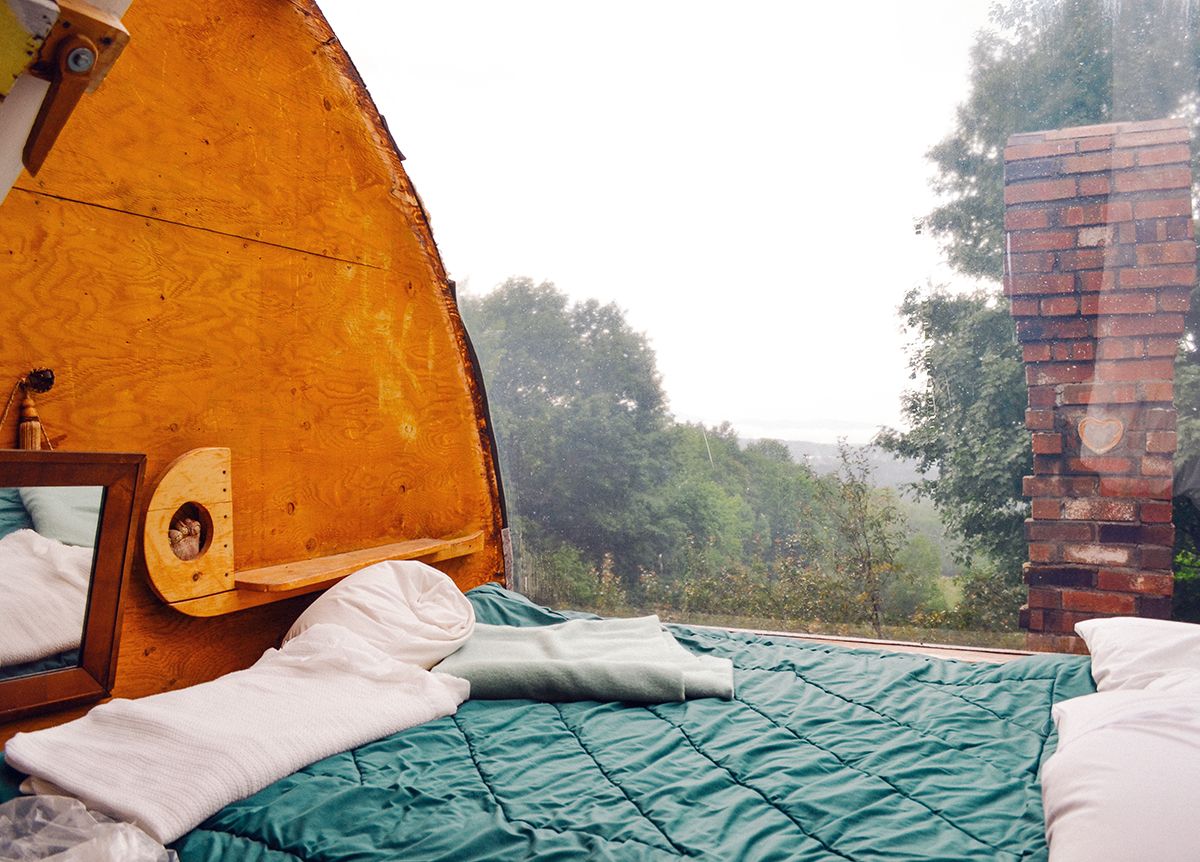
Across the pond a few decades later, the Matrix Feminist Design Co-operative founded to push back against the built environment as it then existed, working with women to create spaces that catered to them, like the Jagonari women's educational resource centre in Whitechapel (click through to the first link to read a bit more about their process there). I love this quote: "Consciously or otherwise, designers work in accordance with a set of ideas about how society operates, who or what is valued, who does what and who goes where."
The opposite of this, naturally, is the fact that there has been an incredible rise in computer generated interiors on Instagram. 3D rendering is fascinating to me, but this takes it to a new level for me because of how removed from human life it feels.
Finally: the Big Idaho Potato Hotel. Non-standard McDonald's. An A-frame house for your Barbies (I want this desperately):
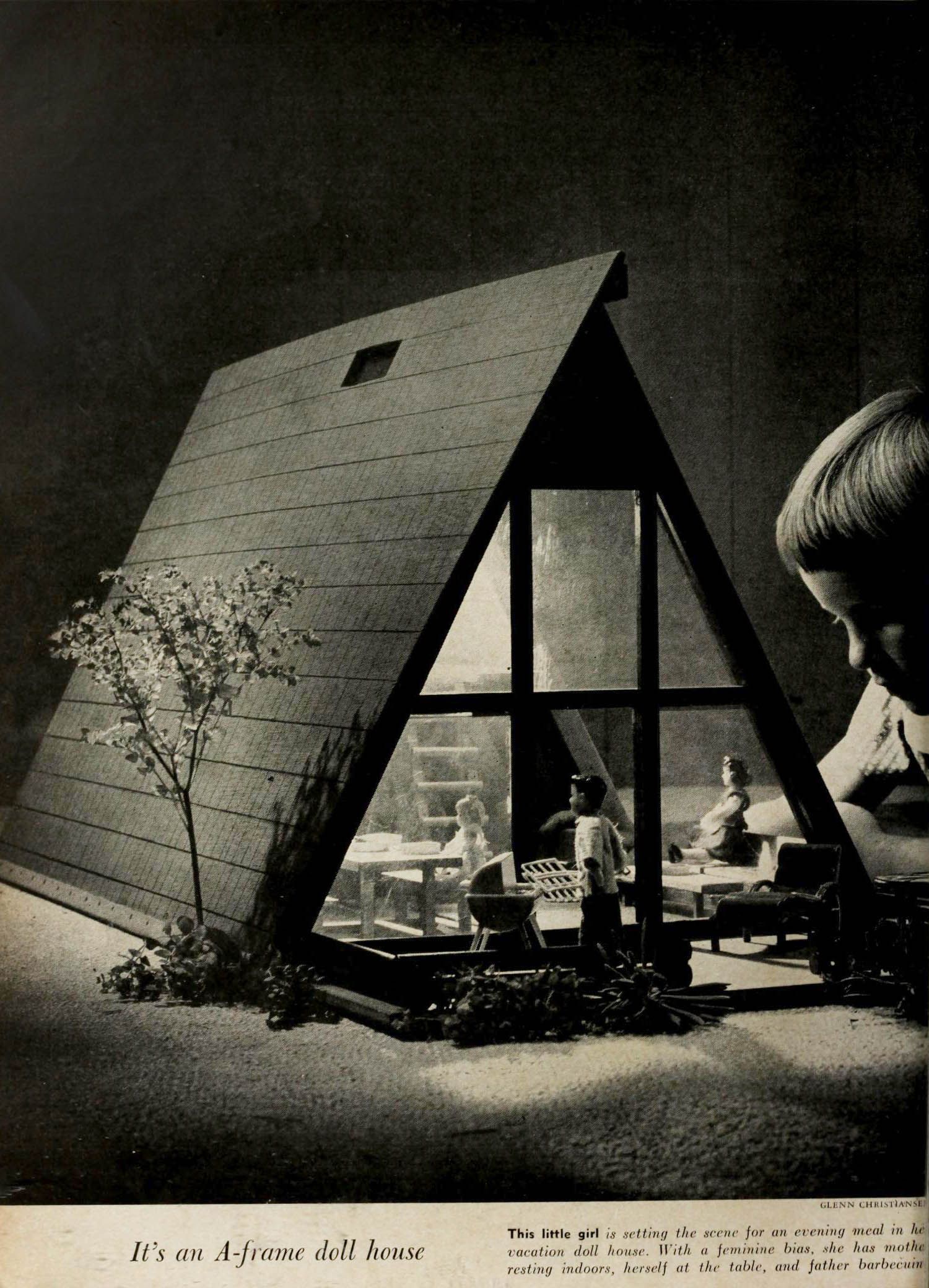
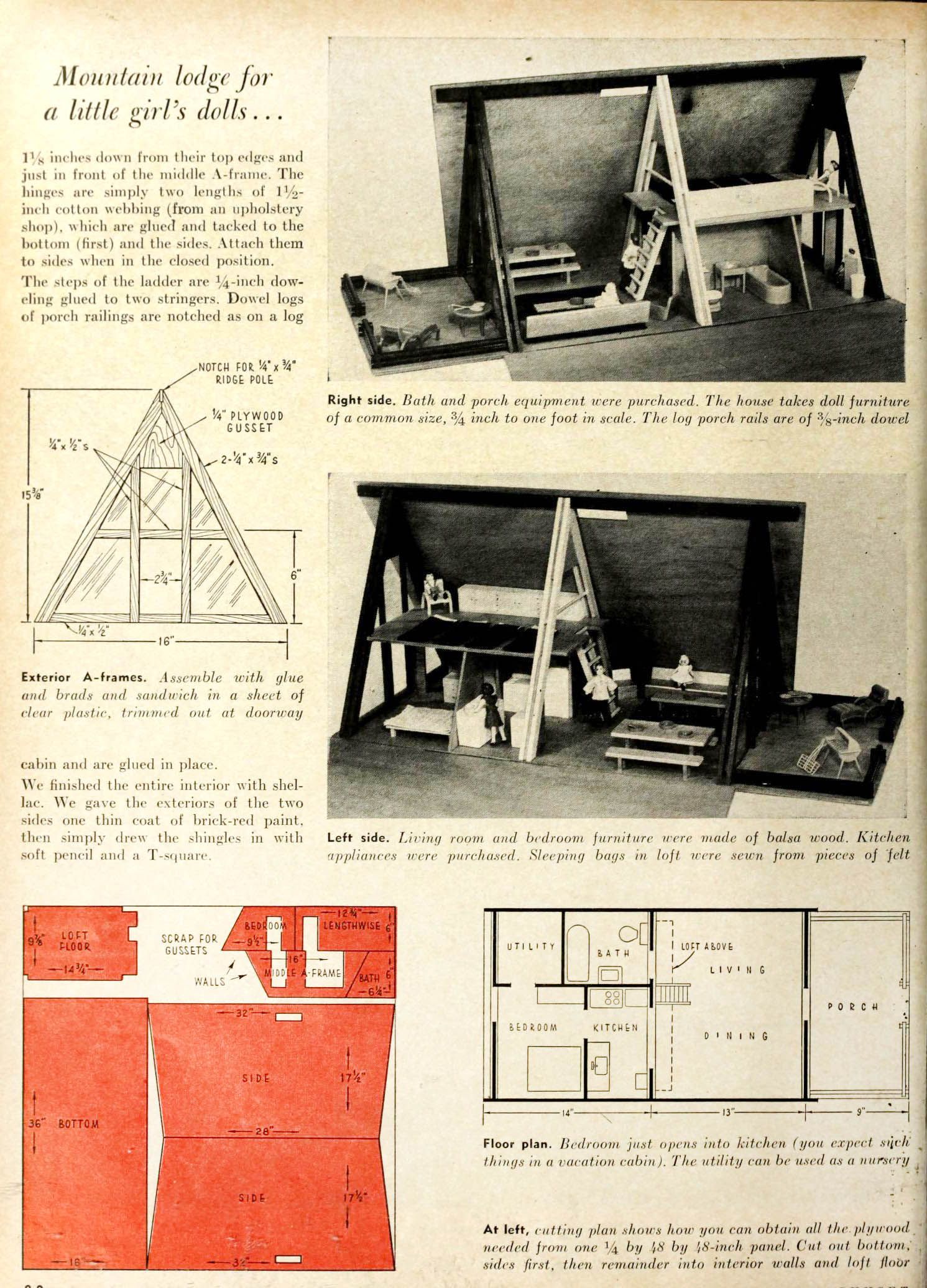
Two pieces on music in unexpected places: one about subway melodies around the world (and you can listen to them!) and one about the requirements around hold music (among other things: apparently folks want classical, but the limitations of the audio make it difficult)
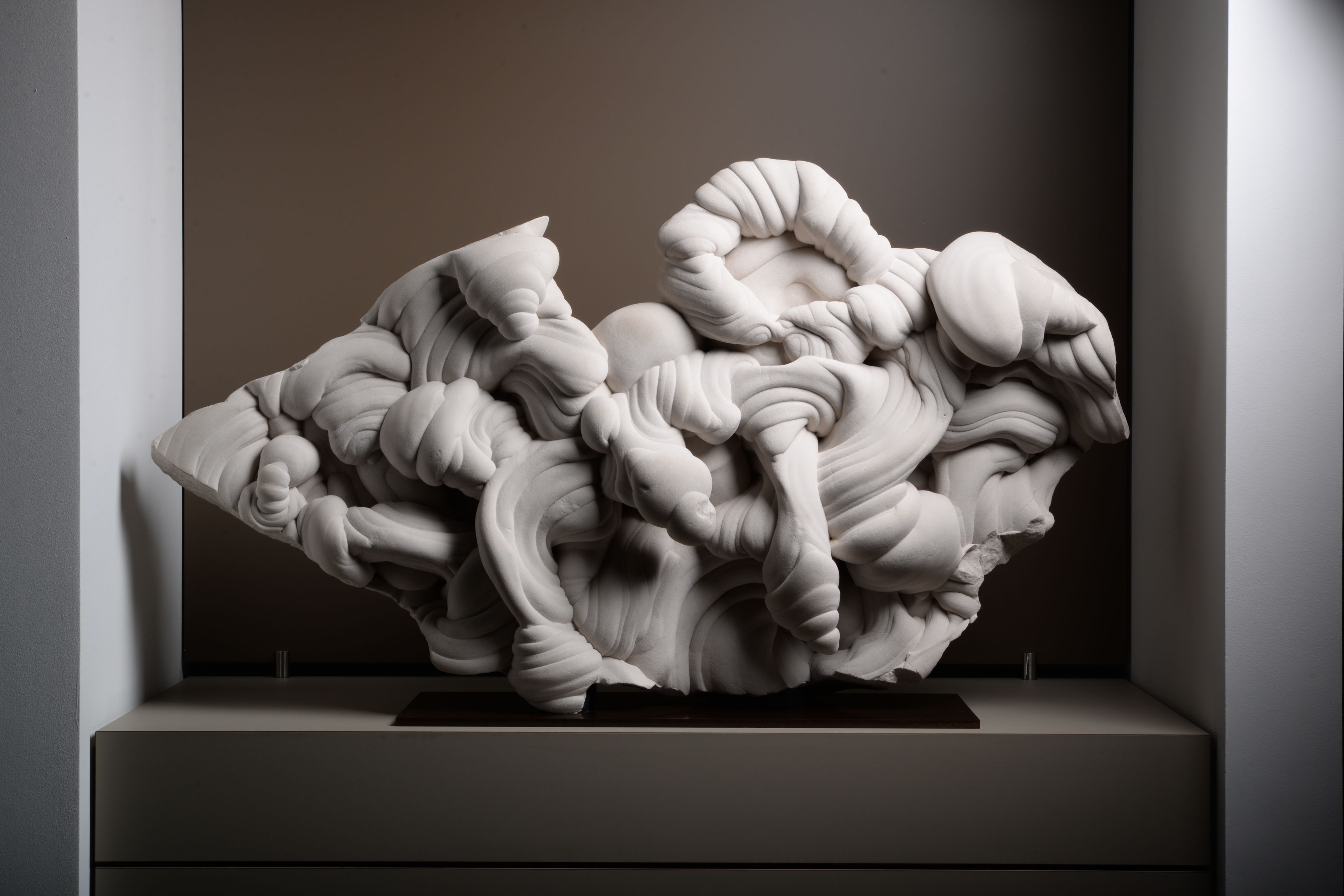
Fossils are hot says the Times (also I have now learned what a gogotte is), so here are two longreads, both about dinosaurs and the personalities that palentology tends to attract. The first, which inspired a book which is not as good, is about the illegal importation of a Tarbosaurus bataar, a relation of T. rex, from Mongolia (they forbid commercial exports of fossils), and the Americans who are making / have made that happen. It also resulted in one of the better case names: United States of America v. One Tyrannosaurus Bataar Skeleton.
The second is about a man who claims to have found a site that was preserved mere hours after the dinosaur-killing asteroid hit the planet (the geologic line is called the KT or K-Pg boundary, usually notable for its high amounts of iridium). I am skeptical! Mostly because while most paleontological sites are wrapped in secrecy, this one is triply so, and the chance of this site being preserved literally hours after the asteroid hit would be so lucky that... well. But also his advisor is one of the guys that originally proposed the asteroid theory (and people didn't believe it at first!). But also he still hasn't gotten his PhD, which if he's this published, what's the delay. Anyway, if it is what it says it is: it's unlike anything we've found before. It's a great read regardless.
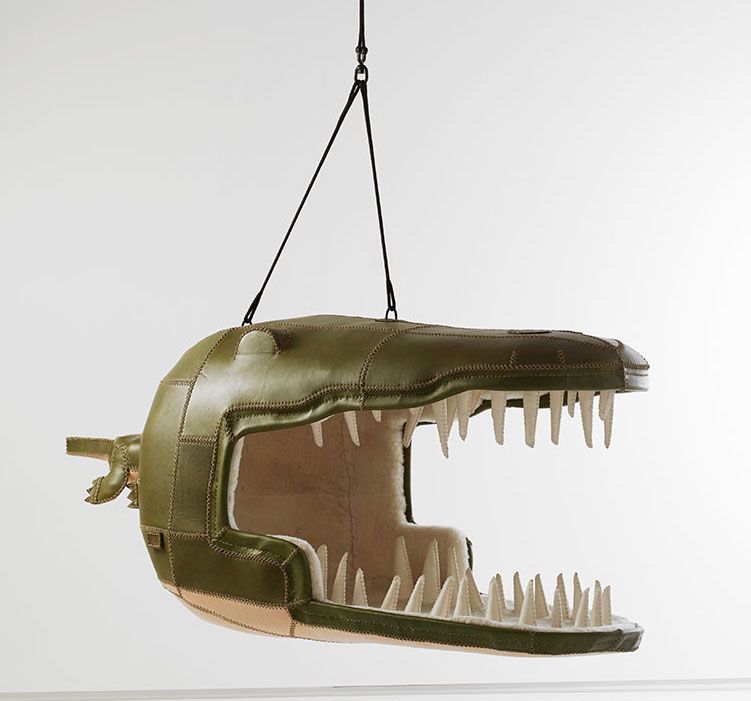

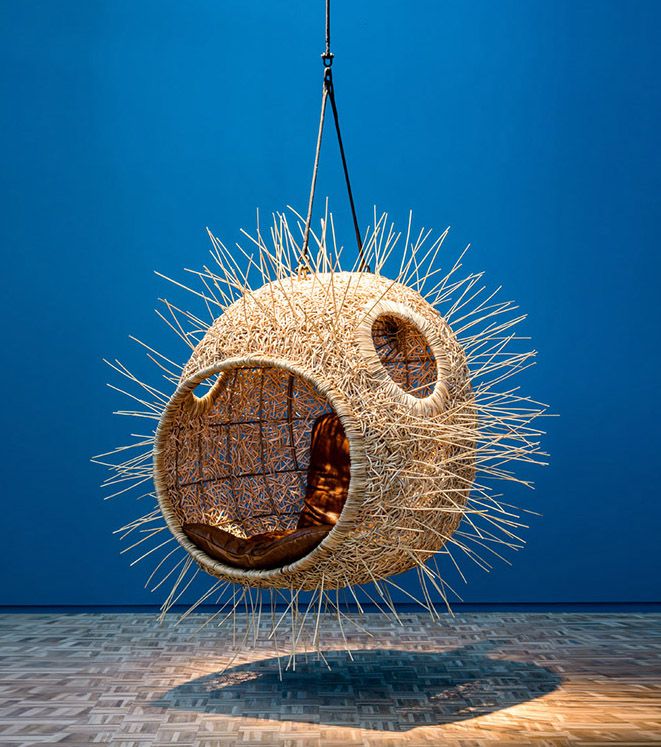
And finally, a look back at one of my favorite LA stories—artist Richard Ankrom was sick of missing the turn to get to the 5 from the 110 (as a reminder, this is why Angelenos say "the" in front of freeways) in downtown LA, so snuck out one morning and added signage for the 5 (and filmed the whole process, which rules). And it was so good, Caltrans kept it up for years. The LAnd Magazine does the whole project justice with this piece on the 20th anniversary.
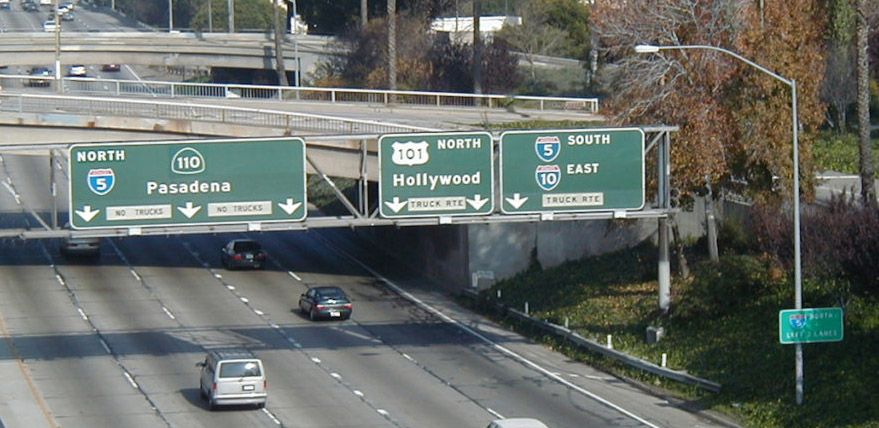
Etcetera: The dangerously cheesy collectible Cheetos market. OSHA is on Tumblr (and doing well?). Death metal Irish baron rewilds his estate (good for him!)
